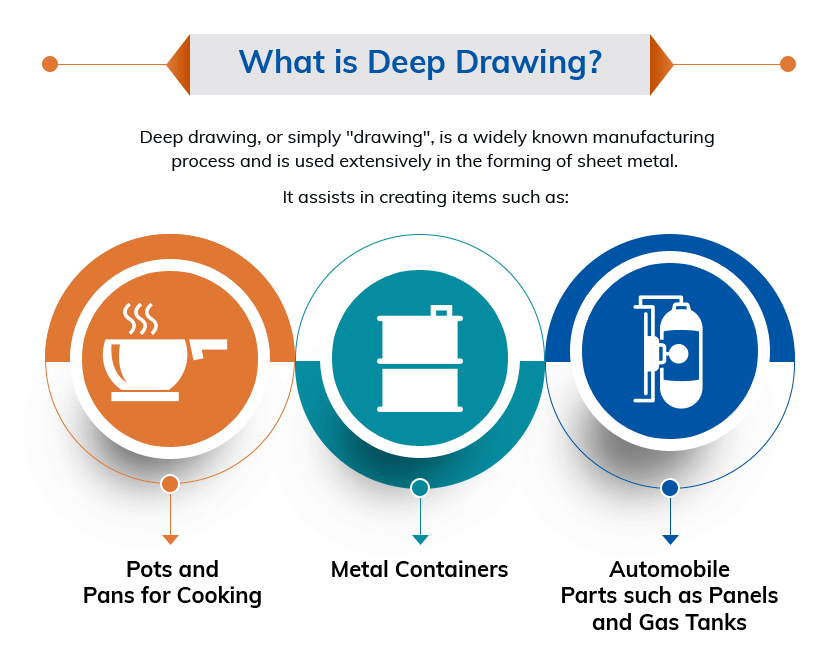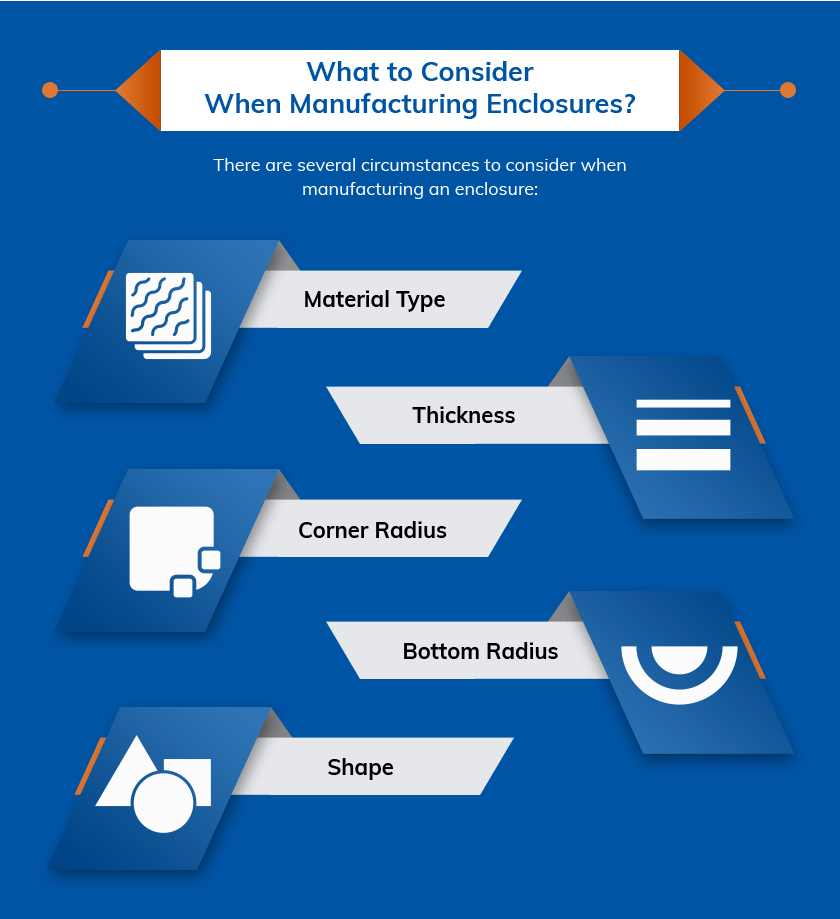Hudson’s Top 10 Safety Tips
Leave a CommentAt Hudson Technologies, our people are our top priority. In order to better protect our workers on the floor, as well as visitors to our facilities, we’ve implemented exacting safety guidelines, rules, and procedures throughout our company, helping us ensure their safety, health, and well-being.

- Wear personal protective equipment (PPE).
Workers and visitors who may be exposed to potential workplace hazards such as electrical currents, high temperatures, chemicals, light radiation, or dusts should wear PPE at all times while in your facility. Examples of PPE include:
- Steel toe shoes to be worn in production areas
- Safety glasses to be worn in manufacturing areas
- Wrist bands or arm protection
- Proper gloves
- Ear protection
- Tie back long hair.
If your hair is longer than your shoulders, keep it tied back above them to prevent any hair from getting caught in equipment or coming into contact with dangerous substances.
- Keep facial hair short.
In the same vein, facial hair should be trimmed close to the face, and beards shouldn’t be any longer than three inches.
- Avoid wearing jewelry.
Jewelry also has the potential to get caught in machinery or equipment. Try to avoid wearing loose fitting watches or rings, and don’t wear bracelets. Necklaces that are longer than 16” should be tucked inside your shirt.
- Wear clothes that fit close to the body.
Avoid wearing loose-fitting garments to prevent your clothes from getting caught in equipment.
- Clean up spills on the floor immediately.
Be sure to completely mop up spills right away to prevent potential falls and related injuries. This is especially important when handling slippery materials such as oil.
- Keep waste off the floor.
Keep all walkways clear by disposing of garbage and waste in the proper disposals. Do not leave any debris on the facility’s floor, since it could cause falls.
- Report all accidents.
No matter how small an incident may seem, it’s essential to follow all reporting procedures and inform management of any accidents right away. It’s crucial that the company have all incidents documented to ensure that proper protocol is always followed.
- Never move a safety guard.
When operating a machine, never remove or alter the position of the safety guard. Doing so could increase your risk of injury.
- Lift with your knees.
When lifting heavy objects, make sure to bend your knees when lifting––not your back. Know your limits––don’t lift anything too heavy. If an object is too heavy for you to handle by yourself, ask for help.
At Hudson, we encourage you to incorporate some of these steps into your own safety guidelines and to keep the conversation around workplace safety going not only in June––but all year long. To learn more about National Safety Month, visit the National Safety Council’s website to access its free resources on emergency preparedness, wellness, falls, and driving throughout the month. If you’d like to learn more about Hudson Technologies, contact us today.






 Close collaboration is one of our core values, and not just within our team: We work with every client to ensure that their manufacturing project is optimized for quality, performance, and pricing. We carefully evaluate your needs and tailor product design to ensure reduced manufacturing costs and streamlined production, without ever compromising on finished quality.
Close collaboration is one of our core values, and not just within our team: We work with every client to ensure that their manufacturing project is optimized for quality, performance, and pricing. We carefully evaluate your needs and tailor product design to ensure reduced manufacturing costs and streamlined production, without ever compromising on finished quality.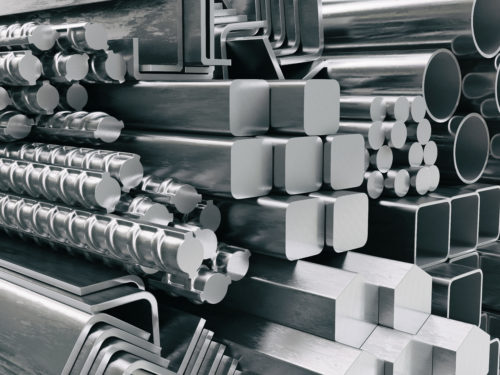
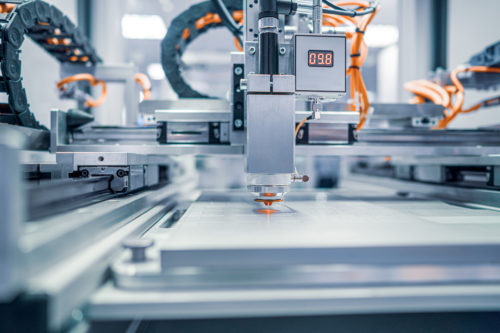


 When businesses enter into international partnerships, the distribution network is naturally expanded. This can lead to the acquisition of new customers and diverse revenue channels. Geographic expansion is usually an important first step toward overall new business growth.
When businesses enter into international partnerships, the distribution network is naturally expanded. This can lead to the acquisition of new customers and diverse revenue channels. Geographic expansion is usually an important first step toward overall new business growth.


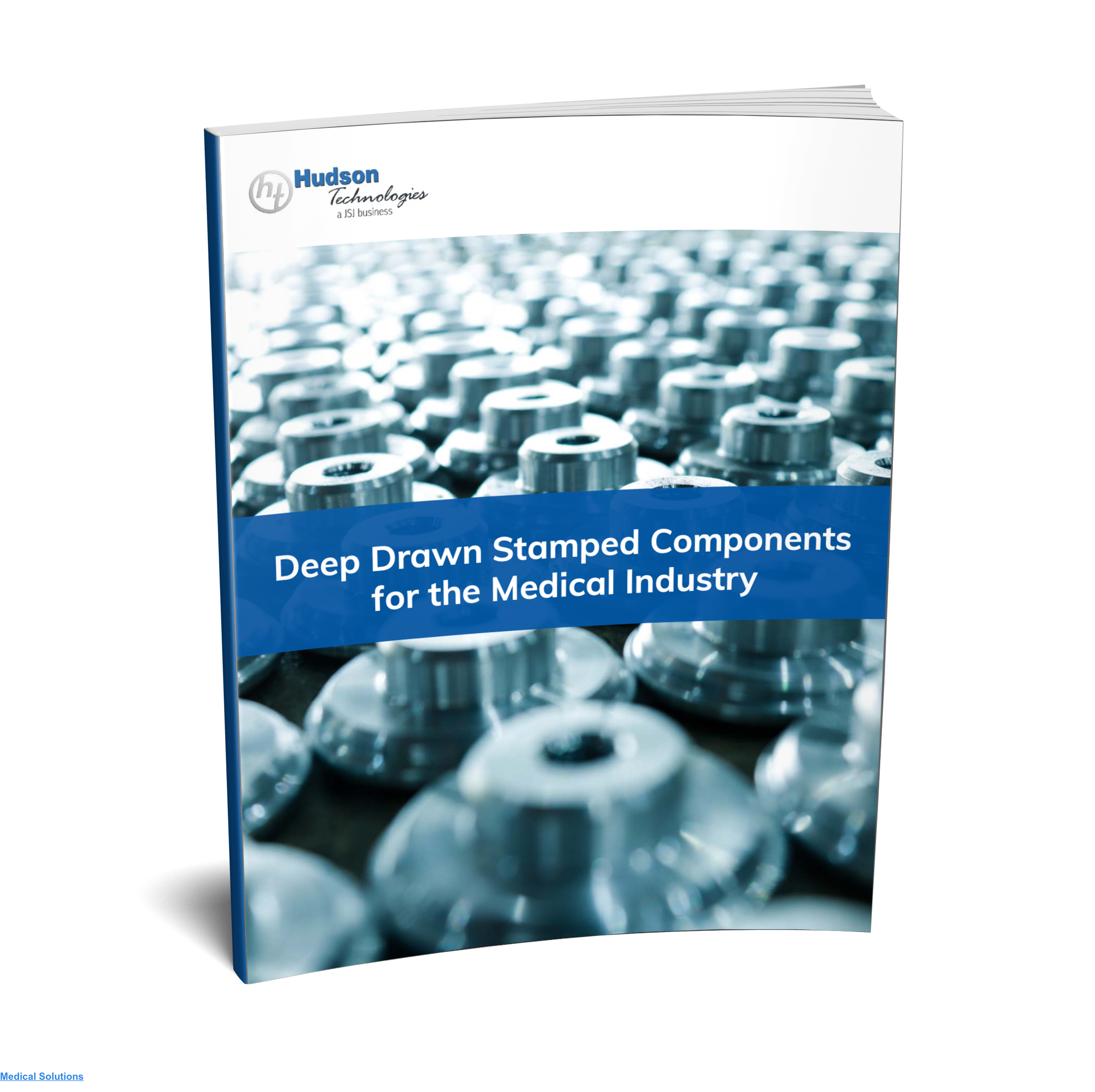
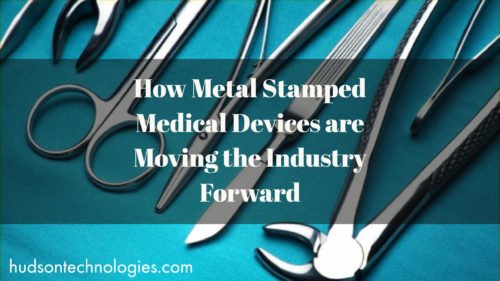
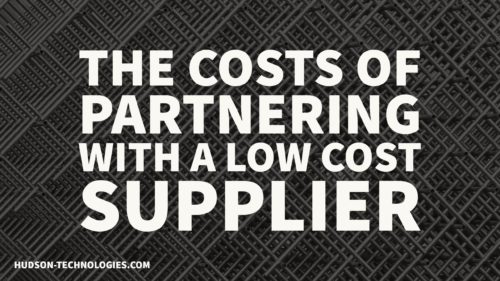 Suppliers offering low-cost parts are typically able to do so by sacrificing quality, thereby failing to meet the strict standards you maintain in your own facilities and processes. While partnering with these companies may save you money in the short term, it’s important to fully understand the risks involved.
Suppliers offering low-cost parts are typically able to do so by sacrificing quality, thereby failing to meet the strict standards you maintain in your own facilities and processes. While partnering with these companies may save you money in the short term, it’s important to fully understand the risks involved.